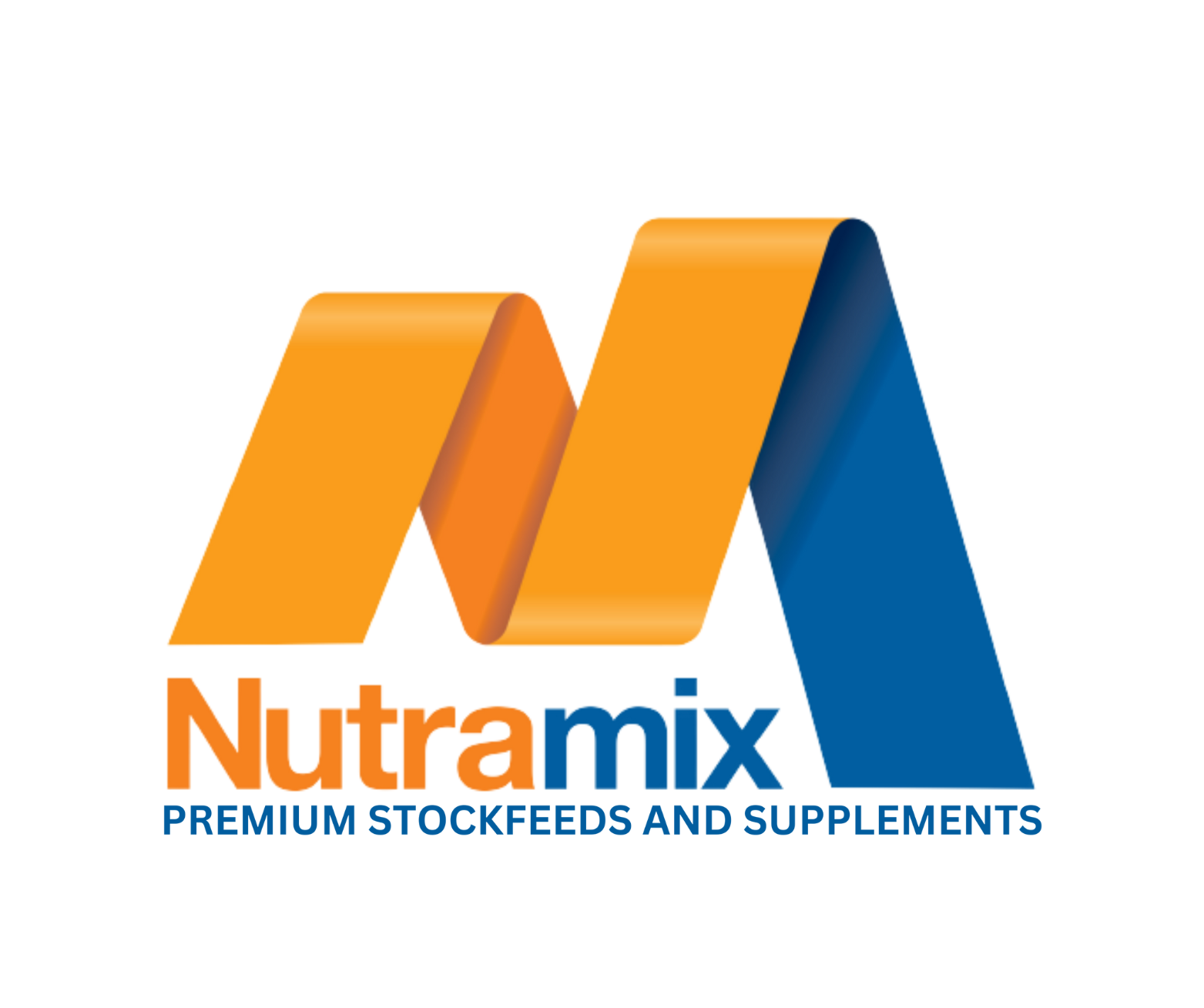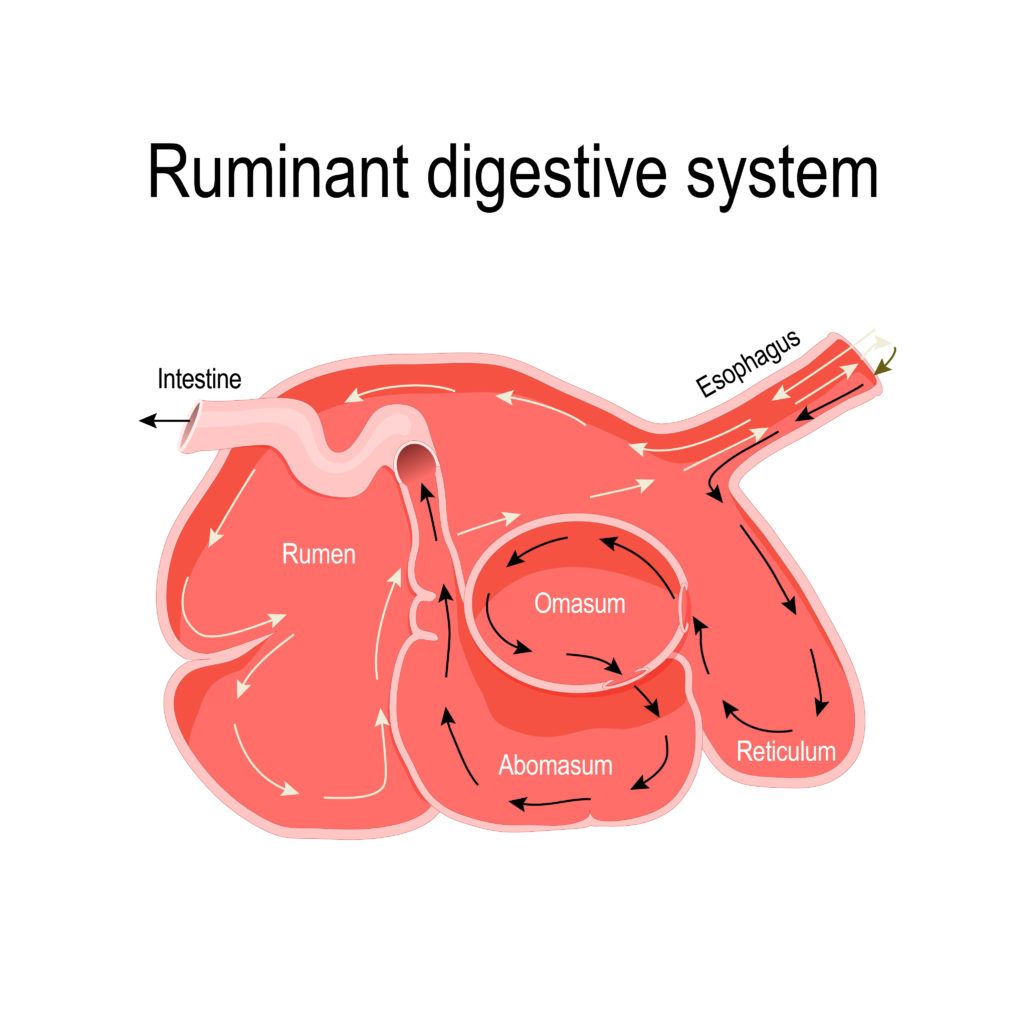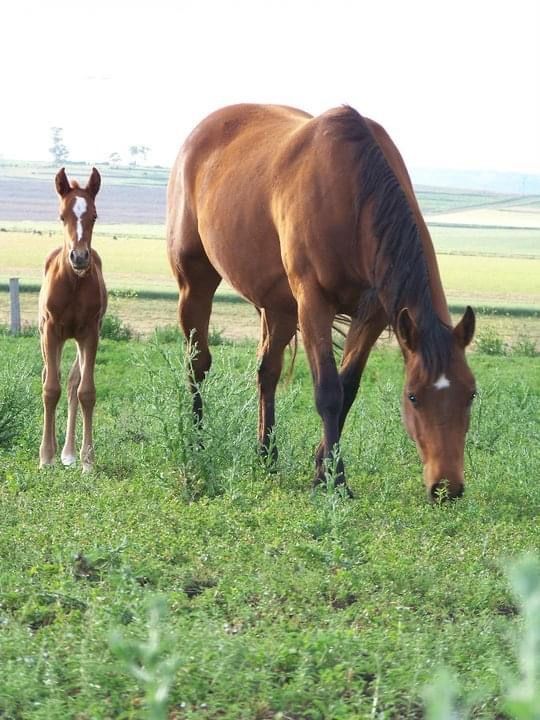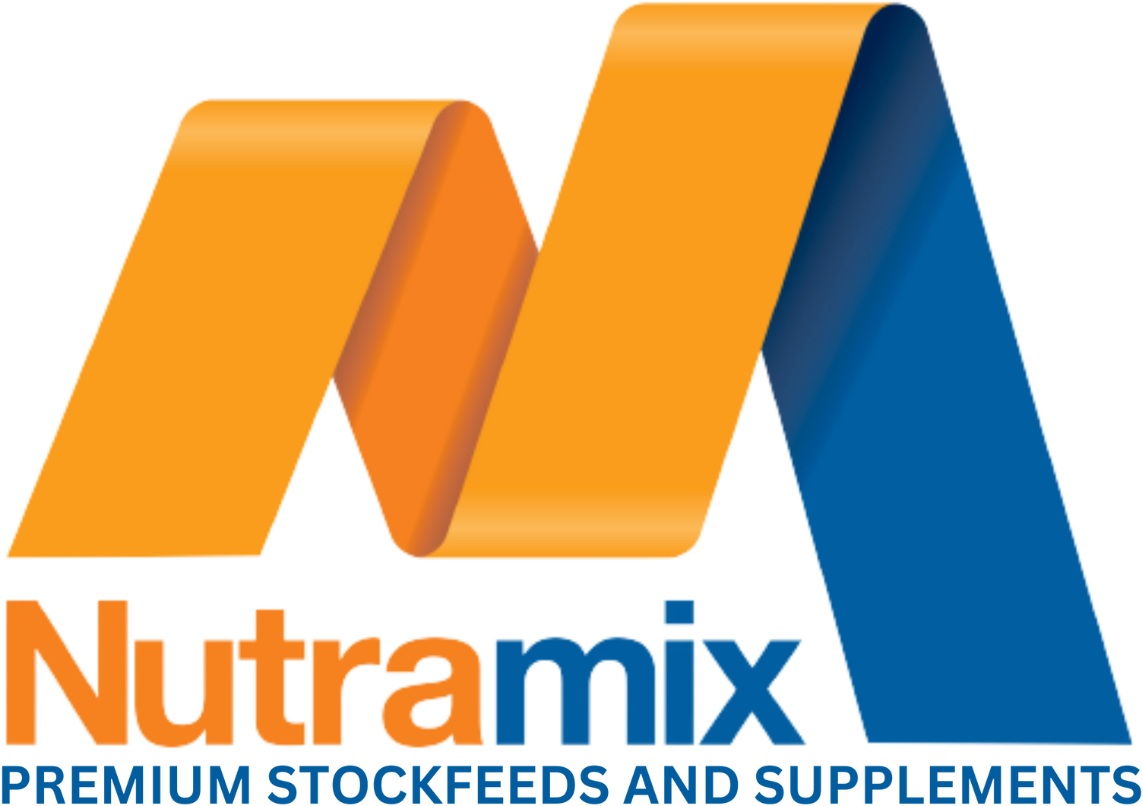Successful Summer Supplementation
Introducing Nutramix’s “All Season” and “Green Pasture” High Vitamin & Mineral Supplements.
Beef Phosphomix
Providing 9% phosphorus with high mineral and trace element content. The Beef Phosphomix is the perfect supplement for cattle during the wet season grazing phosphorus deficient pastures.
Advantages
- Substantially improves breeder fertility
- Improves breeder health
- Improves milk production, calf growth rate and weaner weights
- Reduces the incidence of grass tetany, milk fever, goitres and hoof problems
- Improves calf health and vitality at birth
- Lowers breeder mortality rates
- Improves time from calving to conception
- Improves growth rate of breeder and calf
- Improves ease of calving during the calving period
- Reduces the incidence of retained afterbirth, still births and prolapse
- Improves semen quality and testicular development in bulls Results in lower vet costs and time spent administering injection
Fertility Plus
The fertility plus is the ultimate product to boost herd fertility and improve conception rates. High in phosphorous, calcium, sulphur and trace minerals, this product also has a boosted protein level to increase milk production.
Advantages
- Substantially improves breeder fertility
- Improves breeder health
- Improves milk production, calf growth rate and weaner weights
- Reduces the incidence of grass tetany, milk fever, goitres and hoof problems
- Improves calf health and vitality at birth
- Lowers breeder mortality rates
- Improves time from calving to conception
- Improves growth rate of breeder and calf
- Improves ease of calving during the calving period
- Reduces the incidence of retained afterbirth, still births and prolapse
- Improves semen quality and testicular development in bulls
- Results in lower vet costs and time spent administering injections
- Extremely cost effective as shown on the cost benefit analysis overleaf High nutritional analysis,
Over the years supplementation has come a long way from basic urea licks. Modern supplementation programs are designed to keep stock well supplied and to balance any seasonal or pasture deficiencies that may occur. Through research and development, we have learned that there is always a limiting nutrient that will reduce productivity on grazing pastures, even when the grass is lush and green.
Pasture quality is constantly changing. When grass is green and growing it doesn’t always have the required amounts of macro and trace minerals. The protein and energy are just as variable due to rainfall, temperature, soil quality and grass maturity.
The pasture quality is not the only element that is constantly changing. Livestock’s nutritional needs change from month to month during different stages of growth, before and after weaning and during pregnancy and lactation. Therefore, stock won’t always have their nutritional needs met from the pasture all year round. We can fill in these nutritional gaps with supplementation.
Minerals play an integral role in a successful breeding cycle of a cow and growth of young stock. Supplementing the herd with minerals, vitamins and proteins during the wet/green season will significantly improve herds conception and growth rates and in turn overall calf health and survival rates
Addressing a mineral deficiency could dramatically boost weight gains or improve overall herd health. Providing extra protein or energy at the right time could convert into much higher weaning weights. Your herd's conception should significantly improve by providing supplements at key times to manage the body condition of your breeding stock and have optimal body fat levels at calving time. If we can continually keep the stock well supplemented, they will be more nutritionally balanced, and ultimately leading to a greater return on investment.
Profitability in a herd is determined by many factors, including the total weight of the calves sold, price received for calves, percentage of cow's bred that wean a calf and the cost of maintaining the herd. The most critical time to ensure you have a better chance of increasing your production and profitability is in the two months prior to calving and through the breeding season. A cow's nutrition in this time can directly impact the ability of the cow to rebreed in a timely manner.
Fertility Plus or Beef Phosphomix, you will provide your herd with a boost of vitamins and minerals as well as high levels of protein and energy through protein meals. It contains 6%Phosphorous, 3%Sulphur and has an unmatched vitamin/mineral content which is formulated to improve conception rates, herd health, and eliminate nutritional deficiencies. The quality protein meals in Fertility Plus and Beef Phosphomix help to increase milk production which could see an extra weight gain of 0.1kg / head / day in a weaner, which equates to an extra 25kgfor an8-month-oldweaner.
It includes organic minerals in the form of “Bioplex High Five” which is highly absorbed by the animal and provides high levels of Cobalt, Copper, Manganese, Selenium and Zinc, which greatly enhance breeder fertility and herd health.
Fertility Plus or Beef Phosphomix only requires an increase in calving rates of only 1% to pay for itself. This does not include the benefits from increased milk from the cow, increased growth from the calf, earlier conception, lower vet costs etc. A supplement that has the potential to be on every breeder property during joining and is extremely economical with a cost as little as20cents/ head/day.
There are many different supplementation options available from high phosphorus, low intake mineral supplements, dry season supplements, to finishing stock on a high energy/protein supplement. We can tailor mixes to suit all classes of stock at all different stages of production.
Give us a call today and chat to one of our friendly staff to discuss your supplementation requirements. 07 4667 0000.
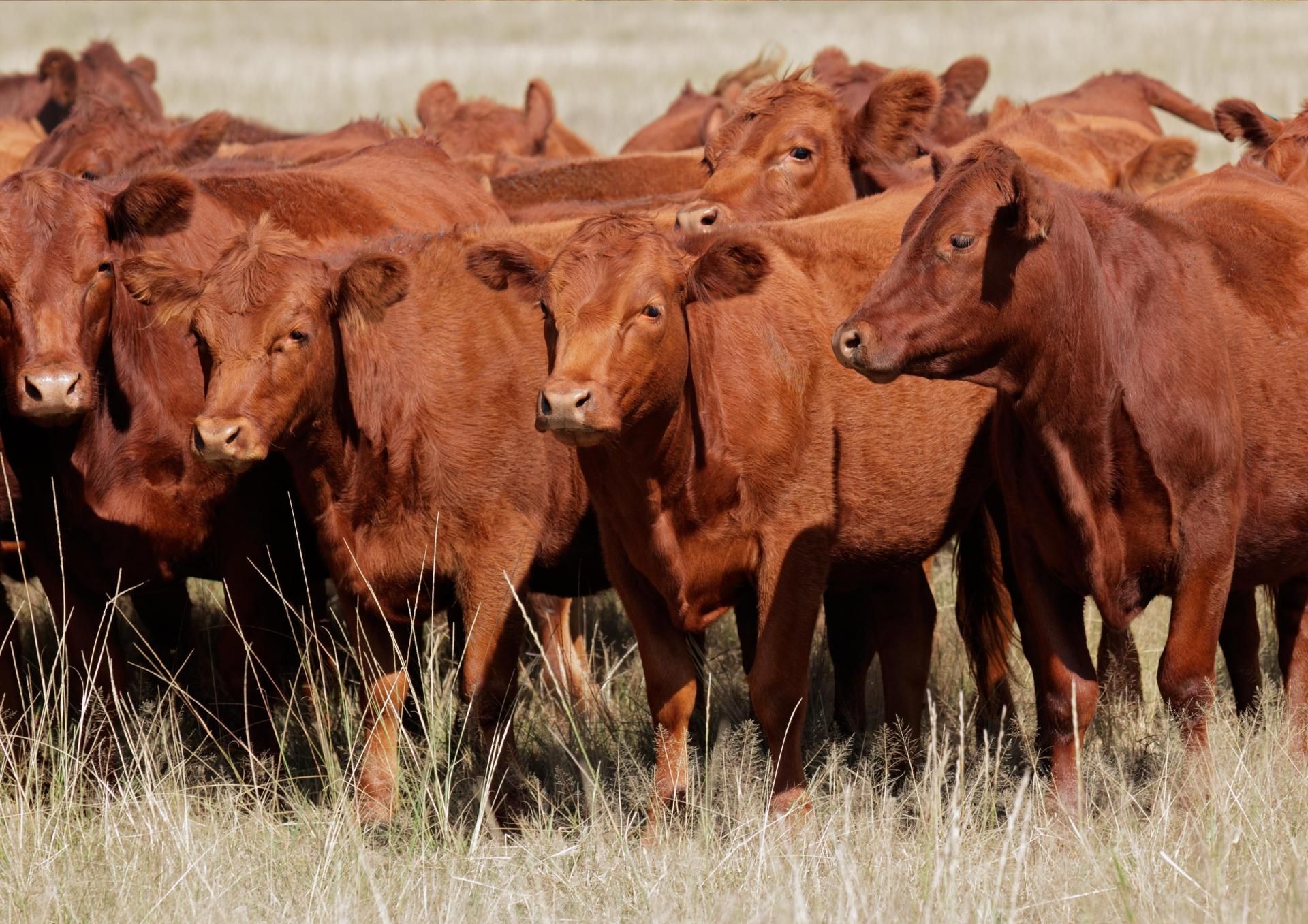
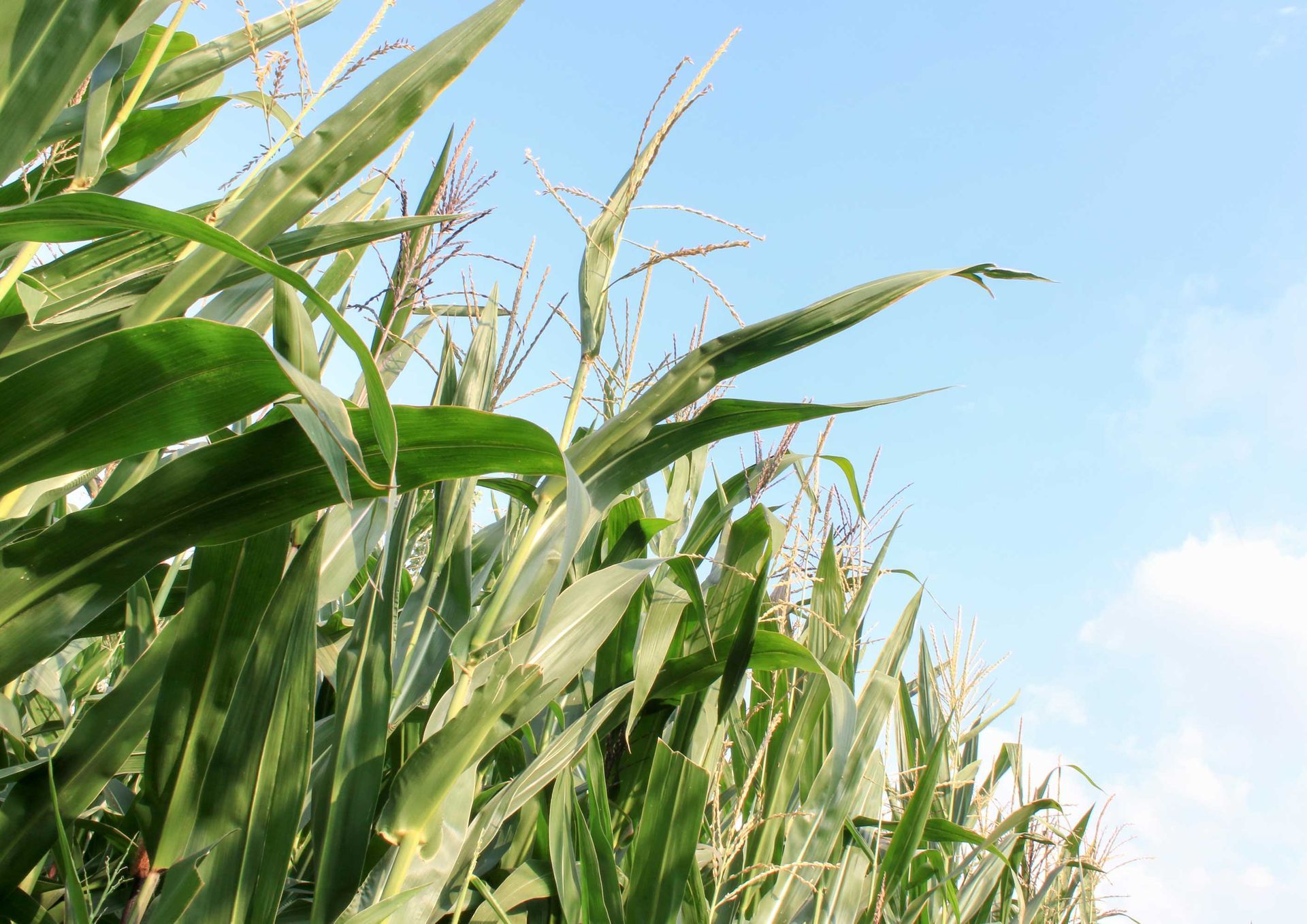
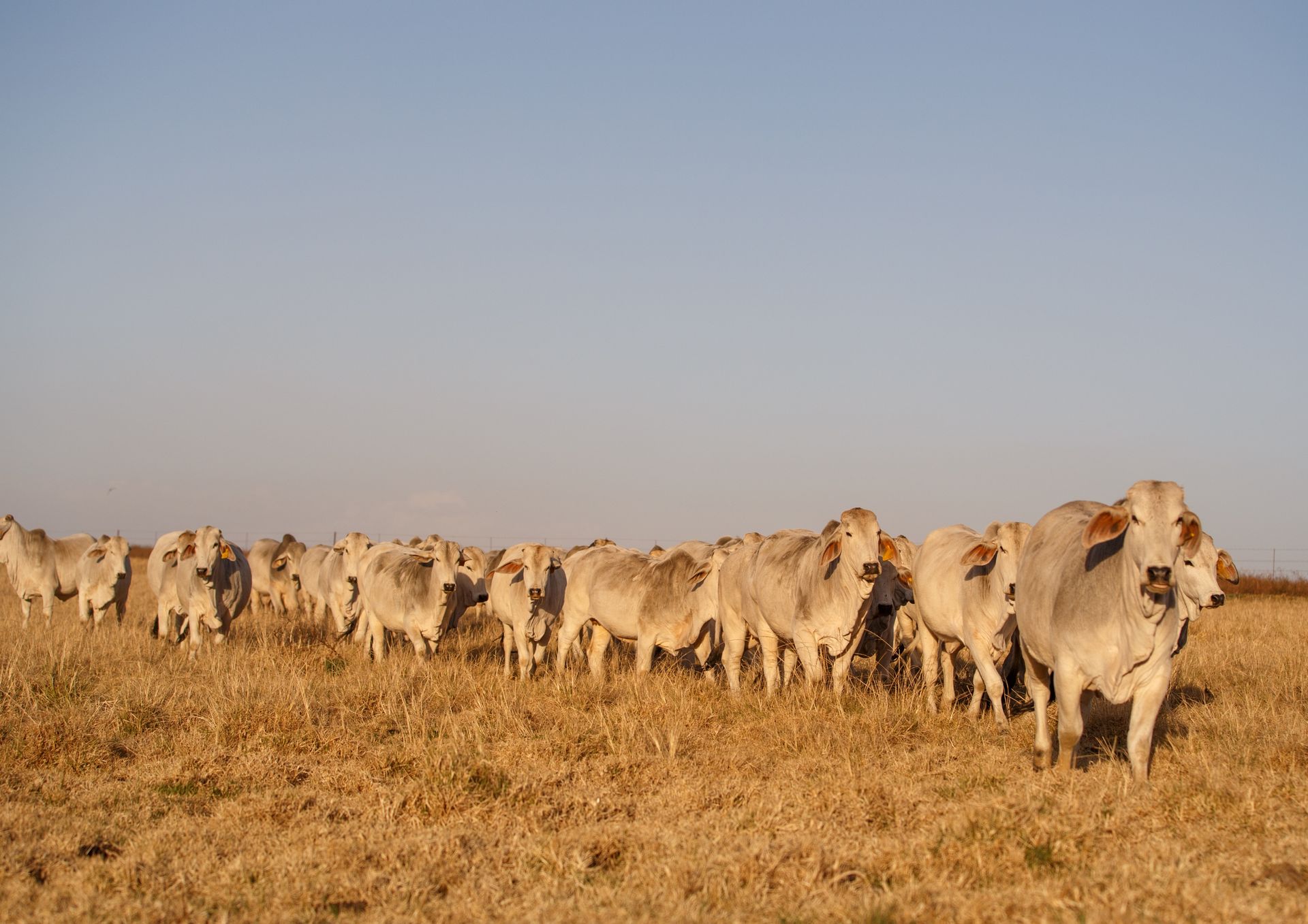
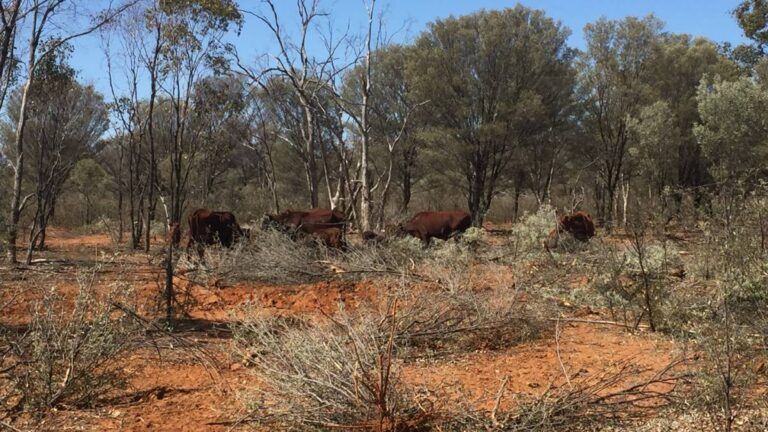
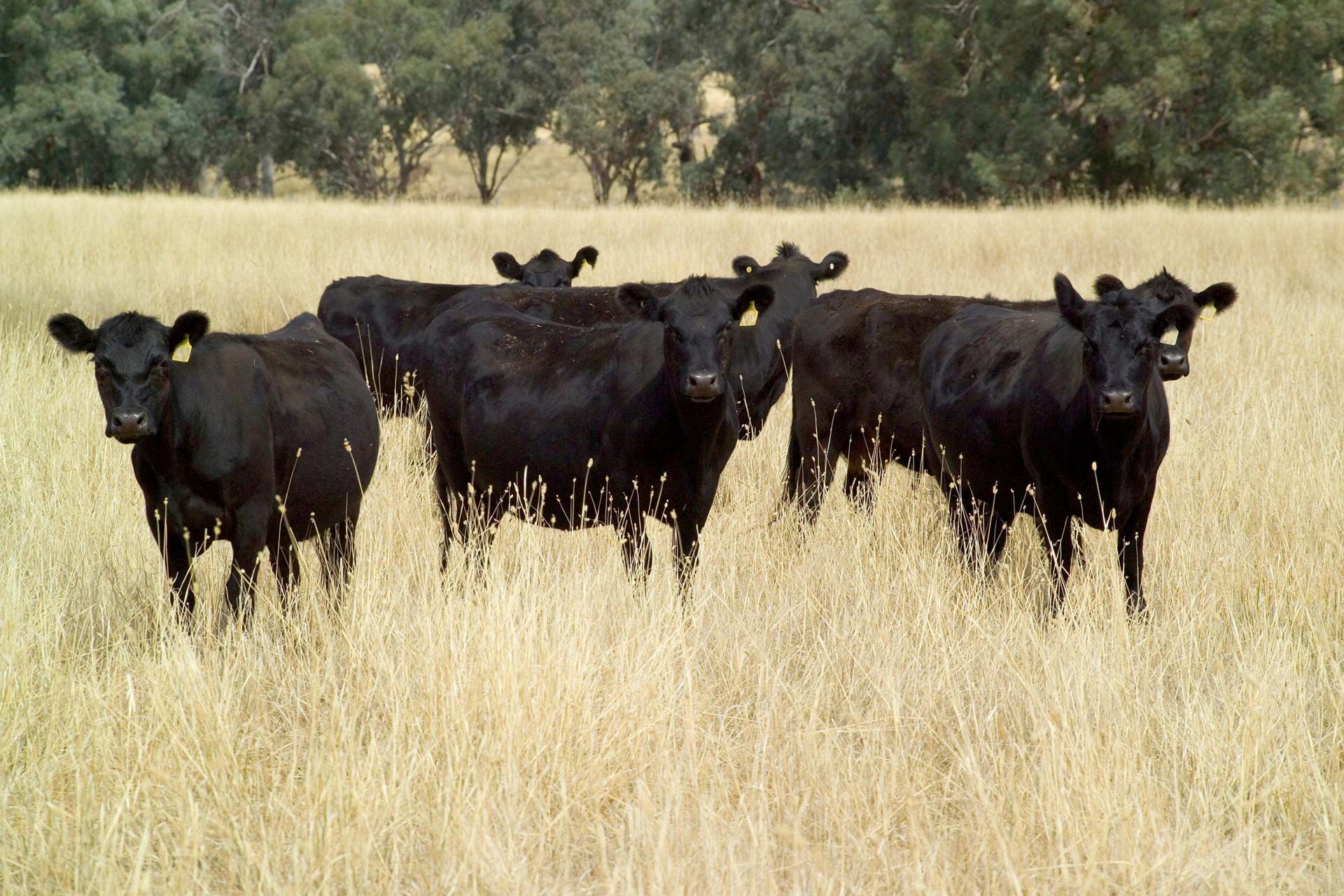
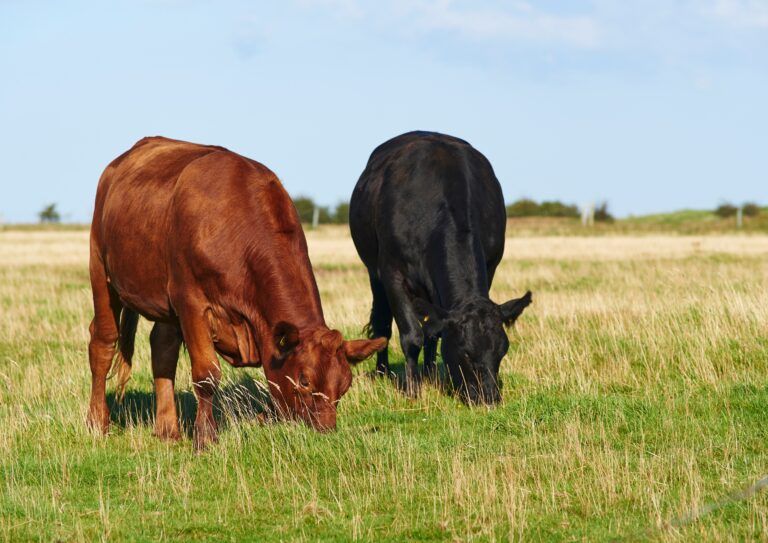
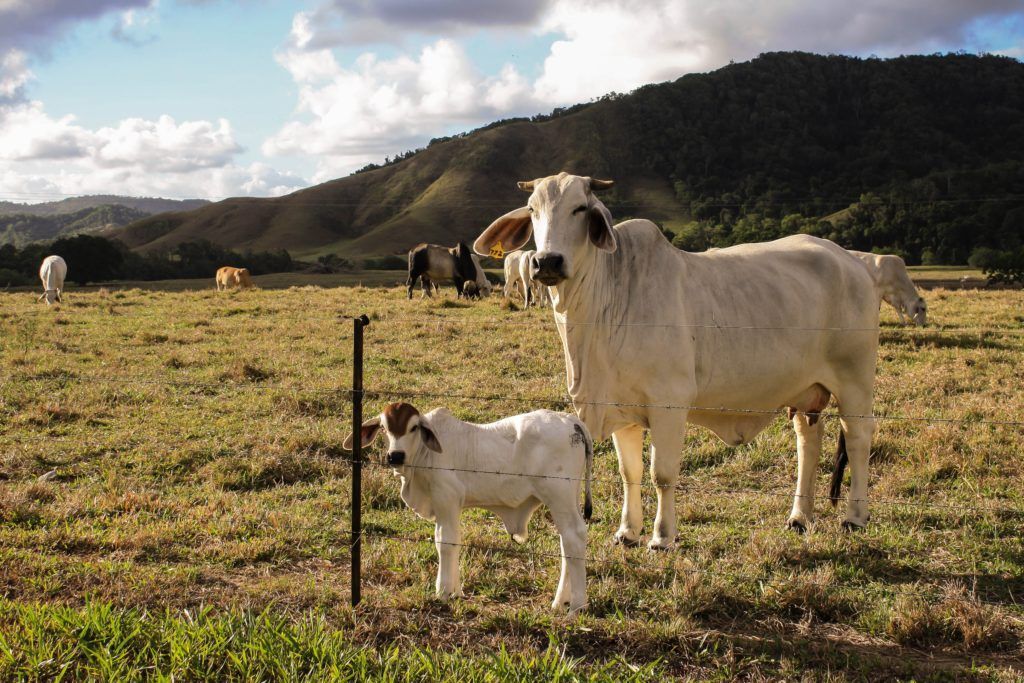
Nutramix is an Australian stockfeed and agri-processing businesses in Queensland and New South Wales. Operating since 2001, our head office and premix plant is based at Warwick, Qld and we operate a large mill at Narrabri, NSW which manufactures stockfeed.
© Copyright 2024 | All Rights Reserved | Nutramix | Web Design by ACM Digital
